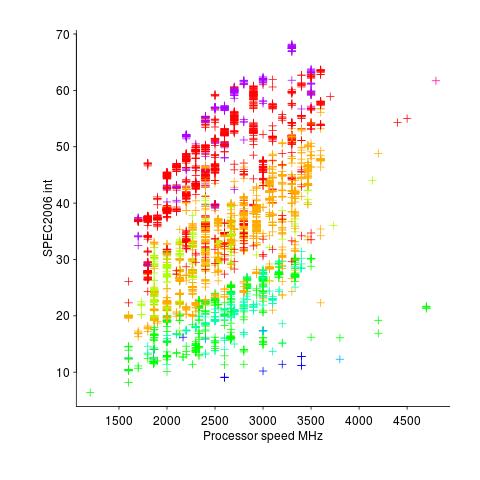Derek Jones from The Shape of Code
Bad money drives out good money, is a financial adage. The corresponding research adage might be “research hyperbole incentivizes more hyperbole”.
Software quality appears to be the most commonly studied problem in software engineering. The reason for this is that use of the term software quality imbues what is said with an aura of relevance; all that is needed is a willingness to assert that some measured attribute is a metric for software quality.
Using the term “software quality” to appear relevant is not limited to researchers; consultants, tool vendors and marketers are equally willing to attach “software quality” to whatever they are selling.
When reading a research paper, I usually hit the delete button as soon as the authors start talking about software quality. I get very irritated when what looks like an interesting paper starts spewing “software quality” nonsense.
The paper: A Family of Experiments on Test-Driven Development commits the ‘crime’ of framing what looks like an interesting experiment in terms of software quality. Because it looked interesting, and the data was available, I endured 12 pages of software quality marketing nonsense to find out how the authors had defined this term (the percentage of tests passed), and get to the point where I could start learning about the experiments.
While the experiments were interesting, a multi-site effort and just the kind of thing others should be doing, the results were hardly earth-shattering (the experimental setup was dictated by the practicalities of obtaining the data). I understand why the authors felt the need for some hyperbole (but 12-pages). I hope they continue with this work (with less hyperbole).
Anybody skimming the software engineering research literature will be dazed by the number and range of factors appearing to play a major role in software quality. Once they realize that “software quality” is actually a meaningless marketing term, they are back to knowing nothing. Every paper has to be read to figure out what definition is being used for “software quality”; reading a paper’s abstract does not provide the needed information. This is a nightmare for anybody seeking some understanding of what is known about software engineering.
When writing my evidence-based software engineering book I was very careful to stay away from the term “software quality” (one paper on perceptions of software product quality is discussed, and there are around 35 occurrences of the word “quality”).
People in industry are very interested in software quality, and sometimes they have the confusing experience of talking to me about it. My first response, on being asked about software quality, is to ask what the questioner means by software quality. After letting them fumble around for 10 seconds or so, trying to articulate an answer, I offer several possibilities (which they are often not happy with). Then I explain how “software quality” is a meaningless marketing term. This leaves them confused and unhappy. People have a yearning for software quality which makes them easy prey for the snake-oil salesmen.



